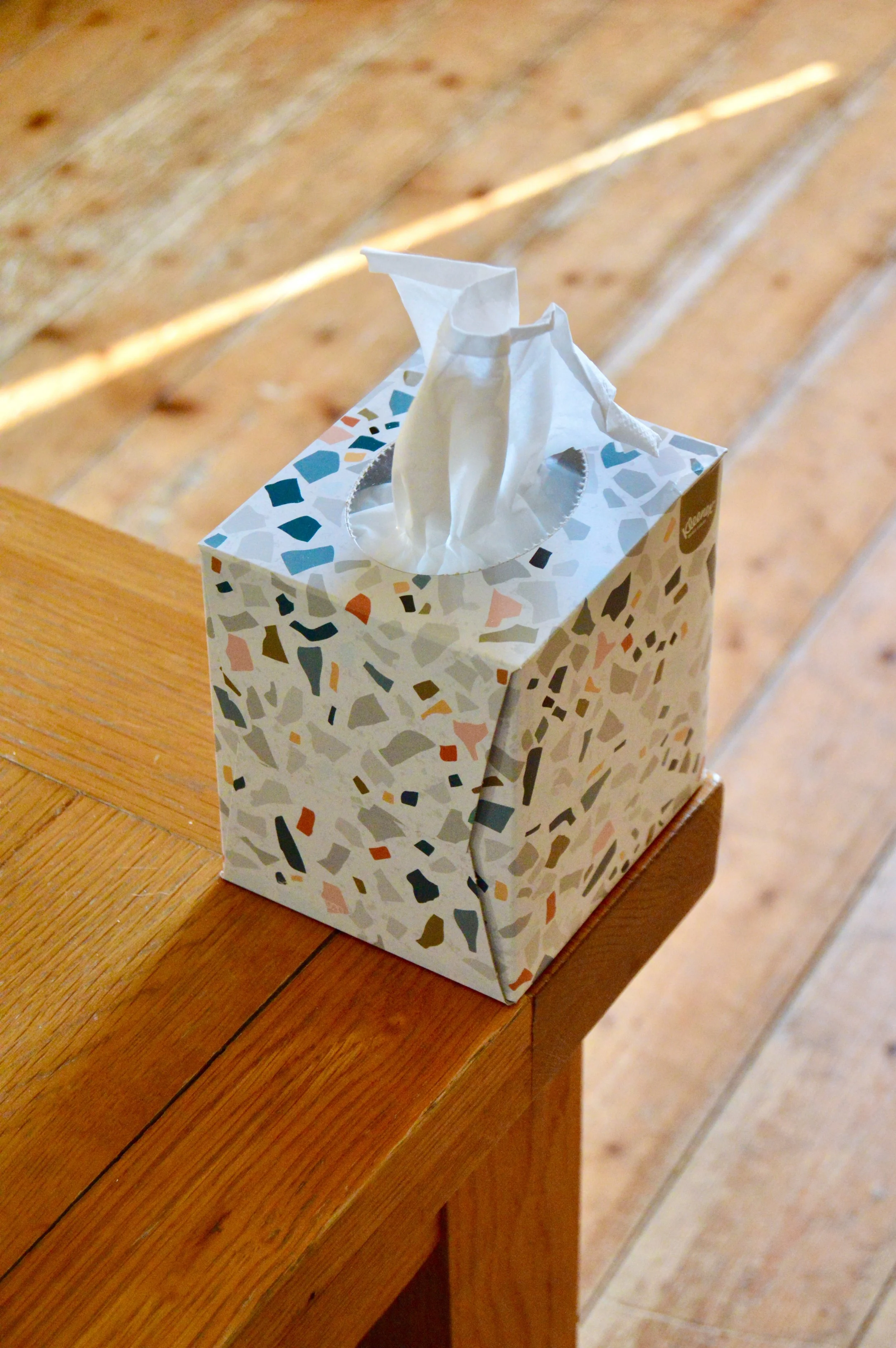Is it normal to cry during therapy?
(updated from original blog posted on August 25, 2017)
#TLDR
YES! It is completely normal to cry in therapy.
Crying in therapy can actually be a sign of progress.
People often feel uncomfortable crying in therapy due to fear of being vulnerable, belief that they need to be strong or concerns about being judged.
Some reasons people cry in therapy include: releasing pent up emotions, the therapeutic relationship, expressed vulnerability, time for self reflection, and a sign of deepened connection.
Crying is completely normal within the counseling process. So much so, that I bet when you imagine a therapist’s office a box of tissues quickly comes to mind (along with a couch, a bookshelf of self-help books and a salt lamp).
Crying is a common and natural response to emotional pain or distress. While it can be uncomfortable or embarrassing to cry in front of others, it's important to know that crying in therapy is not only okay, but can actually be a sign of progress and healing.
Why don’t people want to cry in therapy?
Fear of being vulnerable. It’s scary to show intimate parts of ourselves to another person.
Negative familial and cultural beliefs about crying. Sometimes crying is seen as a weakness and something to be ashamed of.
Fear that once I start crying, I won’t be able to stop.
Concerns about being judged. Will my therapist judge me or see me differently if I cry in therapy?
Fear that the therapist won’t be able to handle intense emotions. Are these emotions too much? Am I too much?
Why do people cry in counseling?
There are many reasons why you may may cry once, twice or during every therapy session. Often therapy involved bring up difficult topics or exploring painful events that you’ve been trying to ignore or shove down.
These conversations can bring up a lot of intense emotions - that’s actually a good thing. Below are five reasons you may cry in therapy.
The therapeutic relationship
There is no relationship like the relationship between a client and counselor. In your everyday life, you are inundated by other people's opinions about everything you do and don’t do. You face societal pressures dictating how you should think, feel and behave.
Within the safety of the therapeutic relationship, there isn't judgement or expectation. There is a freeness that comes with this acceptance - with that freeness, tears may also come.
Your therapist is available to support you and help you heal, and when you allow yourself to be vulnerable with them, it can deepen the sense of trust and connection between you.
2. Releasing build up emotions
Think about all of the things you carry around on any given day… Pressures to be the perfect parent, friend, partner and employee. You are constantly making sure you are conducting yourself appropriately, assessing situations in order to effectively problem solve, and juggling multiple tasks flawlessly. Your ‘game face’ is on all day, every day.
All of this gets heavy to pack around. When you get into a safe place, with a person with whom you've built trust, you are free to let go of some of that weight. Part of unpacking that emotional energy may emerge in the form of tears. For that one hour, you don't have to be 'everything to everyone' - you just get to be you.
3. Expressing vulnerability
Crying in front of someone else can be scary, but it can also a way to be seen and understood. Being truly seen by another person (your therapist) is healing in and of itself.
It can also help your therapist to better understand your experiences and perspectives which will in turn guide therapy by allowing the counselor to tailor interventions to your unique needs.
4. A time for self reflection
There are very few moments in your daily life when you are able to stop and really take a look at yourself. As mentioned above, the therapeutic relationship allows you to take a look at yourself in a very honest way.
When defenses are down, all kinds of things can bubble to the surface… fear, anger, guilt, pride. Sometimes the stuff that bubbles to the surface comes out in the form of tears.
5. Crying can be a sign of progress in therapy
When you are working through difficult emotions or past traumas, it's not uncommon to experience intense feelings of sadness, anger, or frustration. Crying can be a sign that you're moving forward in therapy and that you're starting to confront and process those difficult emotions.
It's important to remember that therapy is a journey, and it's okay to experience ups and downs along the way.
Therapy is a safe and supportive space.
To wrap it up…. Crying in therapy is a completely normal. Easier said than done, but try not to be afraid to let your emotions out. Crying may just be the most powerful step towards healing and growth.
Remember: there are tissues all over a therapist's office for a reason. While I do not expect tears, I welcome them into each session.
What other reactions are normal in therapy?
It is also completely normal to NOT cry in therapy.
In fact, in addition to shedding tears, it is completely normal for people to... shout, cuss or become silent as they process through thoughts and emotions.
When it comes right down to it, whatever reactions you have throughout the therapeutic process are valid and acceptable.




